Rescue Your Floors: How to Remove Paint from Hardwood Floors
Struggling with paint stains on your hardwood floors? Wondering how to remove paint from hardwood floors without causing damage? You’re in the right place! This guide is for homeowners, renters, and DIY fans. It will help them tackle this common issue.
Follow our step-by-step instructions. Also, get expert tips on the best way to remove paint from hardwood floors. You’ll learn how to remove paint from hardwood floors. This will restore their natural beauty. Say goodbye to frustration and hello to flawless flooring! Whether it’s a small spill or a larger painting project gone awry, this article has got you covered.
Get ready to improve your space. You’ll enjoy the satisfaction of clean hardwood floors again. Let’s dive into the world of paint removal and reclaim the elegance of your home!
1. Understanding the Types of Paint
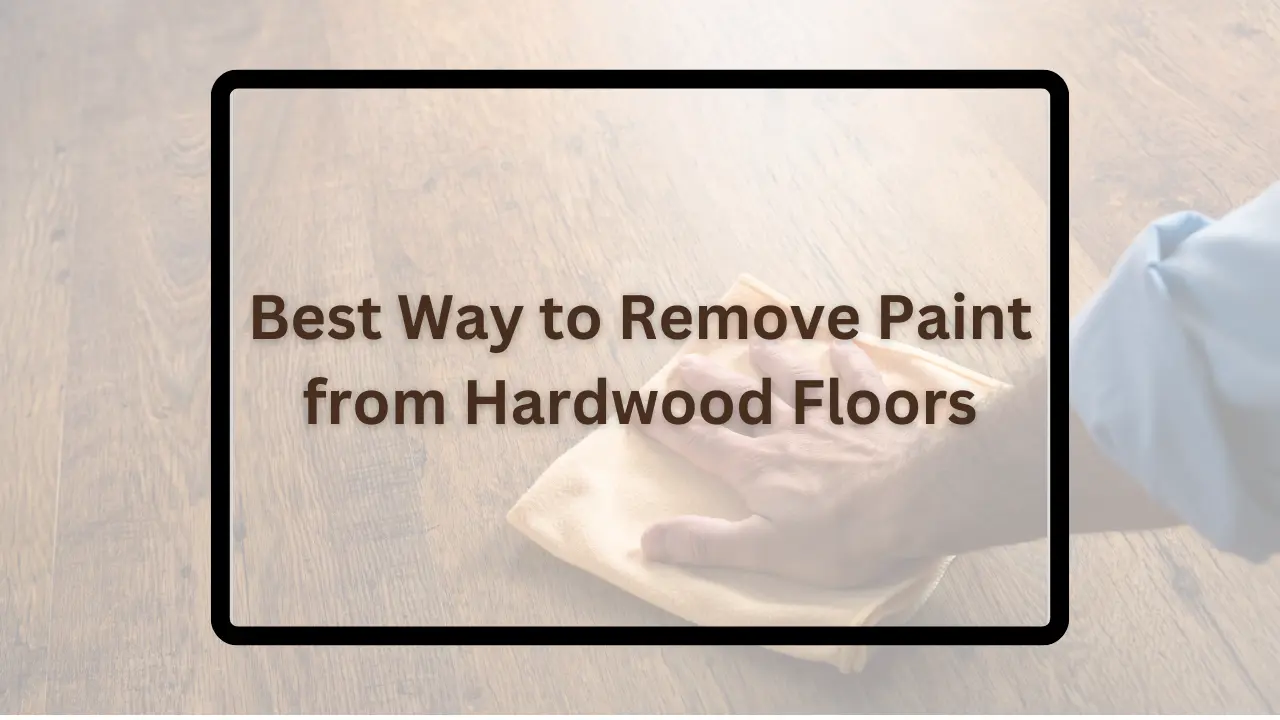
In-home improvement, paint is both decorative and protective. But, with hardwood floors, painting can bring challenges. This is especially true when you need to remove the paint. You must understand the types of paint. You must also know the best way to remove paint from hardwood floors.
This is crucial for keeping these surfaces beautiful and whole. In this short guide, we’ll explore paint types. We’ll also give tips for removing paint from hardwood floors. They will keep your flooring clean and vibrant.
1.1 Latex Paint
Latex paint is also called water-based paint. It is a popular choice for both indoor and outdoor surfaces. This is because it is easy to use, dries, and has little odor. Oil-based paints use solvents for thinning and cleanup. In contrast, latex paints rely on water as a solvent. This makes them friendlier and easier to clean up with soap and water.
Latex paint comes in many finishes. These include flat, eggshell, satin, semi-gloss, and high gloss. They offer versatility for different uses. Latex paint is a preferred option for many DIY enthusiasts, homeowners, and professionals. That’s why it’s so popular. It’s flexible, tough, and resists cracking and fading.
1.2 Oil-Based Paint
Oil-based paint is also called alkyd paint. It is tough and versatile. People use it for both indoor and outdoor jobs. Water-based paints are different. They use water for thinning and cleanup. However oil-based paints use solvents like mineral spirits or turpentine.
This makes them harder to work with and needs proper ventilation. Yet, oil-based paints offer many benefits. They have better adhesion, cover well, and have a smooth, glossy finish. They work well for tough coatings. Surfaces like metal, wood, and trim need these.
Despite their durability, oil-based paints dry more than water-based ones. They also emit strong odors when applied, so you need good ventilation. Many people still pick oil-based paint. They want it for tough projects and a pro look.
Related Article: Expert Hacks for how to clean old linoleum!
2. Preparing Your Work Area
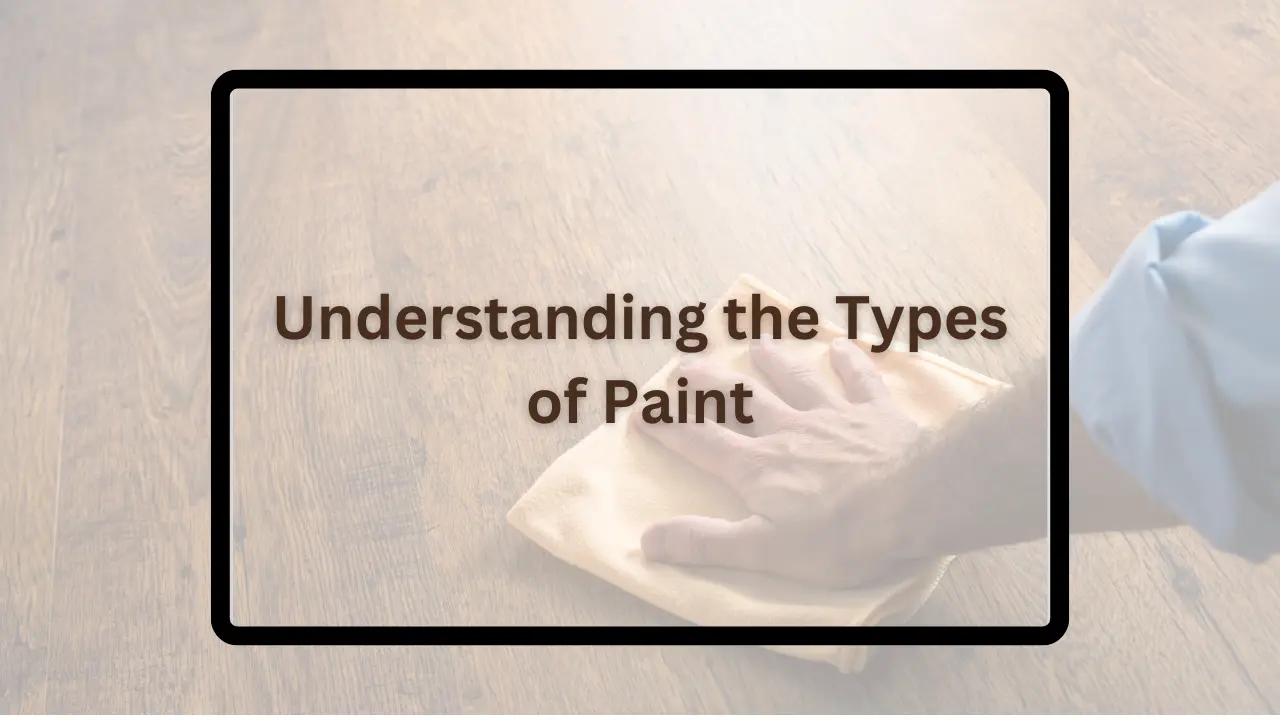
Preparing your work area is crucial. This is especially true when doing tasks like removing paint from hardwood floors. Proper preparation ensures efficiency, safety, and optimal results. In this short guide, we’ll cover key steps. And, we’ll look at what to consider for preparing your work area. Follow these guidelines about removing paint from hardwood floors. They’ll cut hazards and protect surfaces. They’ll also streamline the paint removal process. Doing this will give you clean, successful hardwood floors.
2.1 Gather Your Supplies
- 1. Clear the Space: Remove furniture and rugs.
- Ventilation: Open windows and doors.
- Protective Gear: Wear goggles, gloves, and a mask.
- Drop Cloths: Protect surrounding surfaces.
- Painter’s Tape: Guard baseboards and trim.
- Paint Remover: Choose the right type.
- Scraper or Putty Knife: For lifting paint.
- Steel Wool or Sandpaper: To remove stubborn paint.
- Clean Rags or Sponges: For wiping and cleaning.
- Neutralizing Agent: Stop chemical reaction if necessary.
- Bucket of Water: For rinsing tools.
- Lighting: Ensure good visibility.
- Patience: Take your time.
With these supplies, you’re ready. You’re set to tackle removing paint from your hardwood floors.
Related Article: How to Prevent Hardwood Floor Slipping
2.2 Protecting Adjacent Surfaces
- Clear and Cover: Remove furniture and rugs from the room. Cover adjacent surfaces with drop cloths or painter’s tape to prevent splatters.
- Ventilate: Open windows and doors for ventilation to disperse fumes from paint removers.
- Protective Gear: Wear gloves, safety goggles, and a respirator mask. They shield you from chemicals.
- Inspect and Test: Check the floor for damage and test the paint remover in a small area first.
- Choose Wisely.: Select a paint remover for hardwood floors. Then, follow the maker’s instructions.
- Dispose Properly: Dispose of waste according to local regulations to protect the environment.
- Cleanup: clean the work area and store materials after paint removal.
2.3 Ventilation
Ensure proper ventilation when preparing to remove paint from hardwood floors. Open windows and doors. This allows fresh air to flow and disperse fumes from paint removers. This helps keep a healthy environment. It lowers the risk of inhaling harmful chemicals.
Related Article: How to stagger laminate flooring
3. Choosing the Right Paint Remover

When removing paint from hardwood floors, picking the right paint remover is crucial. This is an introduction to preparing your work area for paint removal. We’ll cover the key things to consider when choosing the right paint remover. You need to assess the type of paint.
You also need to understand your hardwood floor. Proper preparation sets the stage for a successful paint removal process. Let’s explore the key factors. They will help you make the best choice for restoring your hardwood floors to their former glory.
3.1 Chemical Paint Strippers
Before using chemical paint strippers on hardwood floors, prepare your work area. This brief guide outlines key steps. They will ensure a safe and effective paint removal process.
3.2 Natural Alternatives
First, prepare your work area. Then, you can use natural paint removers on hardwood floors. Here’s a concise overview. It covers key steps to ensure a successful and eco-friendly paint removal.
Related Article: How Thick Is a Floorboard
4. Applying the Paint Remover
In the journey of removing paint from hardwood floors, one key step is applying the paint remover. This introduction focuses on the crucial aspect. You need to prepare your work area for this process.
By laying the groundwork well, you set the stage for successful paint removal. Let’s cover the basics of preparing your work area for applying paint remover. This will make the path to restoring your hardwood floors smooth and efficient.
4.1 Test Patch
Before removing paint from hardwood floors, test a small patch. This brief guide outlines the importance of this step. It explains how to prepare your work area.
4.2 Application Techniques
Before using paint removal techniques on hardwood floors, you must prepare the area. This step is crucial. Here’s a quick overview of how to prepare. It’s for effective paint application techniques. It will ensure a smooth paint removal process.
Related Article: How to Install Anti Slip Stair Treads: Never Slip Again
5. Removing the Paint
In the journey of restoring hardwood floors by removing paint, the key step is removing the paint. It requires careful prep of your work area. This introduction emphasizes the significance of thorough preparation. It comes before undertaking the paint removal process.
By setting up your work area well, you make way for successful paint removal. You will also work. Let’s explore the key steps. They will help you ready your work area well. You need to do this to remove paint from hardwood floors.
5.1 Scraping
Before scraping paint from hardwood floors, prepare your work area well. This short guide outlines key steps. They ensure a smooth paint removal process.
5.2 Sanding
Before sanding to remove paint from hardwood floors, you must prepare the work area. Here’s a quick overview of how to prepare well for sanding. This will ensure successful paint removal.
Related Article: How to Clean Plywood Floors: Effortless Cleaning
6. Cleaning and Neutralizing
Before removing paint from hardwood floors. A key step is to clean and neutralize the surface. This introduction stresses the importance of this phase. It gives insights into preparing your work area well.
By cleaning and neutralizing, you set the stage for a flawless finish. You also keep your hardwood floors in good shape. Let’s explore the key steps to prepare your work area well. This is vital for this stage in the paint removal process.
6.1 Cleaning
Before you start to remove the paint from hardwood floors, you must clean the work area well. Here’s a short guide. It will help you prepare your space well for removing paint.
6.2 Neutralizing
Before removing paint from hardwood floors, you must neutralize the surface. This is crucial to ensure that later treatments stick well. Here’s a brief guide to prepare your work area for this important step in the process.
7. Refinishing
As you start removing paint from hardwood floors, it’s essential to picture the last step. You will refinish the floors. This introduction emphasizes the importance of preparing your work area. Do this after removing paint.
Focus on proper preparation. It sets the stage for a stunning finish. It restores the natural beauty of your hardwood floors. Let’s explore the key steps. They prepare your work area well for refinishing after removing paint.
7.1 Sanding and Staining
Before sanding and staining to remove paint from hardwood floors, get your work area ready. Here’s a brief guide to ensure readiness for this key step of paint removal.
Related Article: Clean Prefinished Hardwood Floors Guide
7.2 Sealing
Before sealing hardwood floors after paint removal, you must prepare the work area. This preparation is key. Here’s a concise guide to ensure readiness for this crucial step in the process.
FAQs: How to remove paint from hardwood floors
Q: Can I use household items to remove paint from hardwood floors? A: Yes, household items such as vinegar, baking soda, and rubbing alcohol can be effective for removing minor paint stains.
Q: Will removing paint damage my hardwood floors? A: When done correctly, paint removal should not damage hardwood floors. However, it’s essential to use caution and follow proper techniques to avoid causing harm.
Q: How long does it take to remove paint from hardwood floors? A: The time it takes to remove paint from hardwood floors depends on various factors, including the type of paint and the removal method used. Generally, it can take several hours to a few days to complete the process.
Q: Can I repaint my hardwood floors after removing paint? A: Yes, once the paint has been removed and the surface has been properly prepared, you can repaint or refinish your hardwood floors to achieve the desired look.
Q: Is it necessary to hire a professional for paint removal? A: While some homeowners may opt to hire a professional for paint removal, many DIY enthusiasts can successfully tackle the job themselves with the right tools and techniques.
Q: How can I prevent paint stains on hardwood floors in the future? A: To prevent paint stains on hardwood floors, take precautions such as using drop cloths, masking tape, and plastic sheeting when painting walls or ceilings.
Conclusion
In conclusion, removing paint from hardwood floors is tough. But it can be rewarding. Follow the steps. First, prepare the work area. Then, choose the right paint remover. Next, use effective techniques. Finish by cleaning and sealing. By doing this, you can restore your floors to their former glory.
Remember to focus on safety and take your time to achieve the best results. You can use chemical paint strippers or natural ones. But you need thorough prep and careful work. Now you have the knowledge and tools. It’s time to breathe new life into your hardwood floors. Enjoy the beauty they bring to your space.

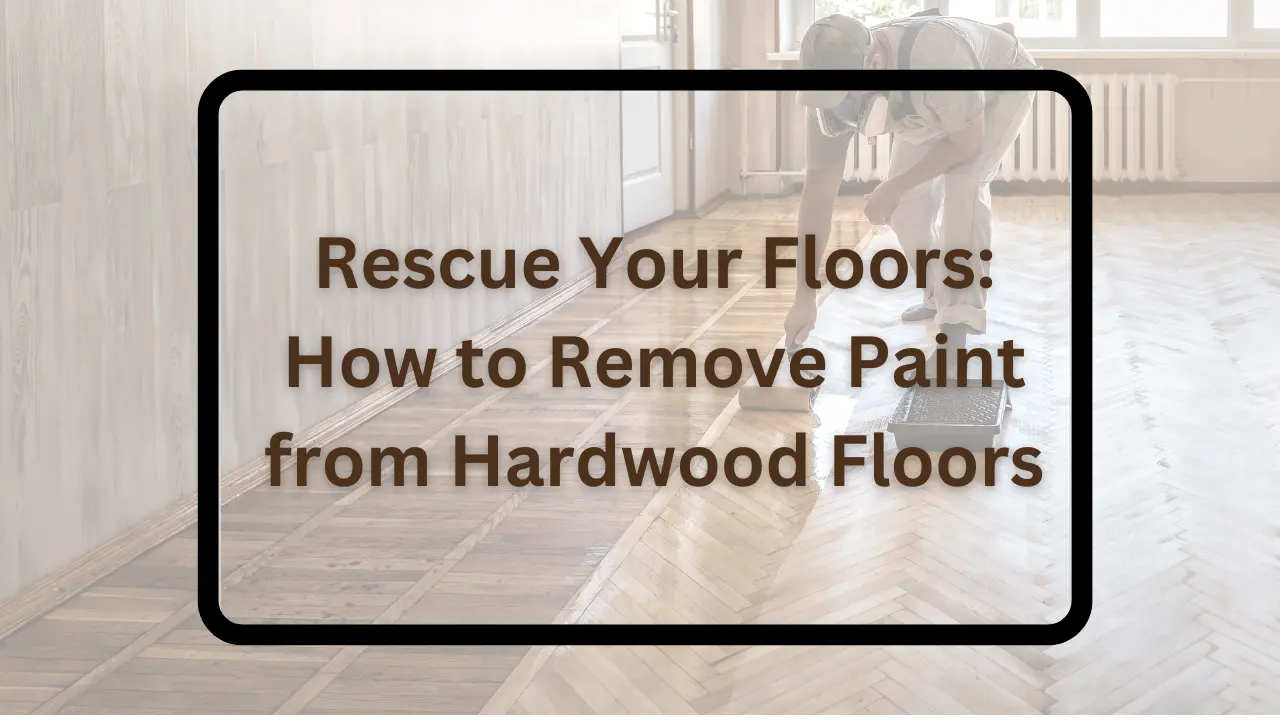
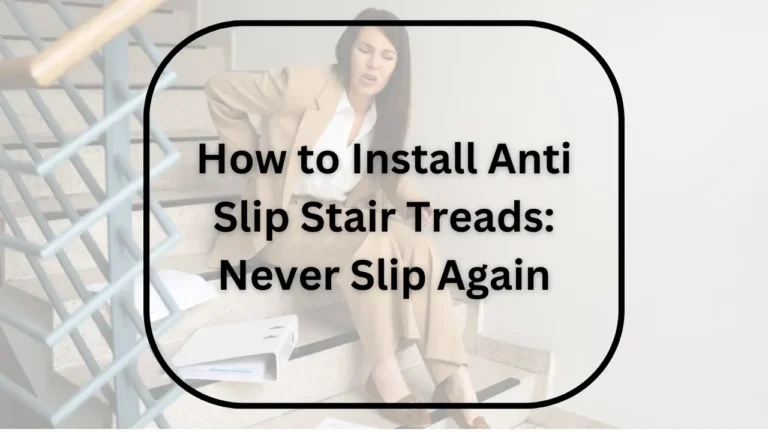
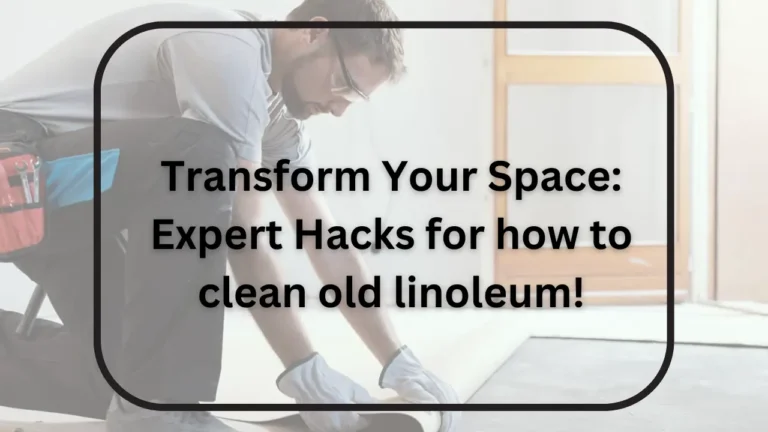
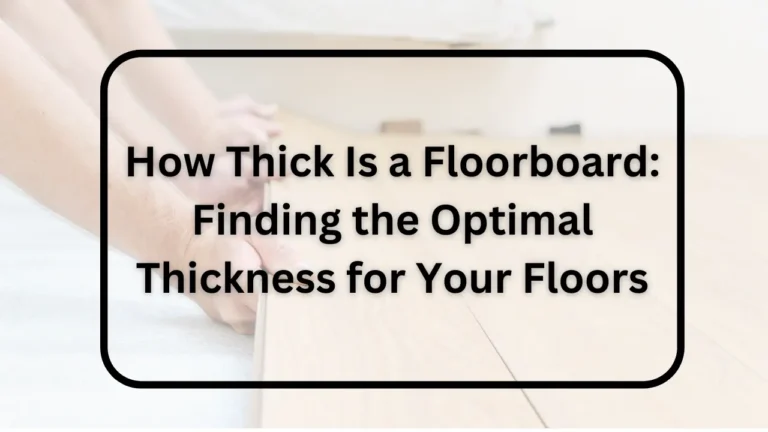

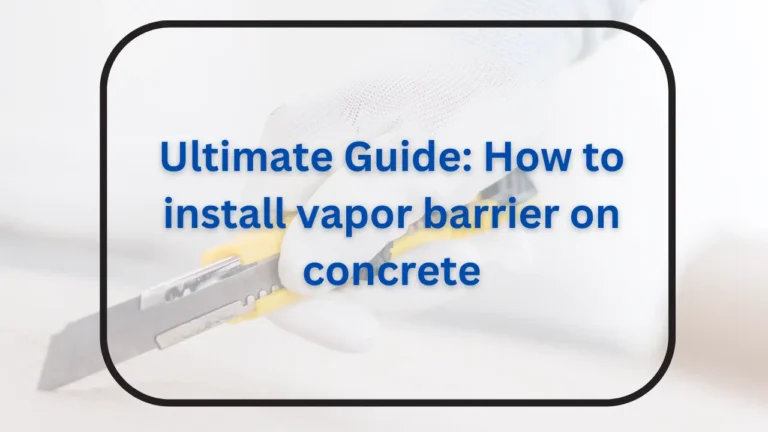
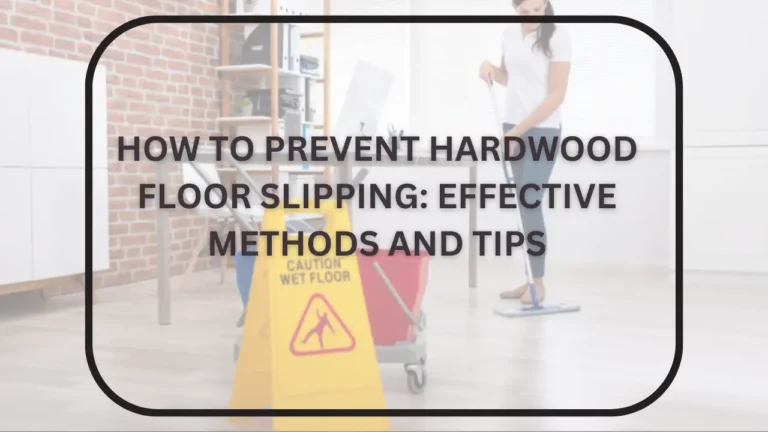
2 Comments